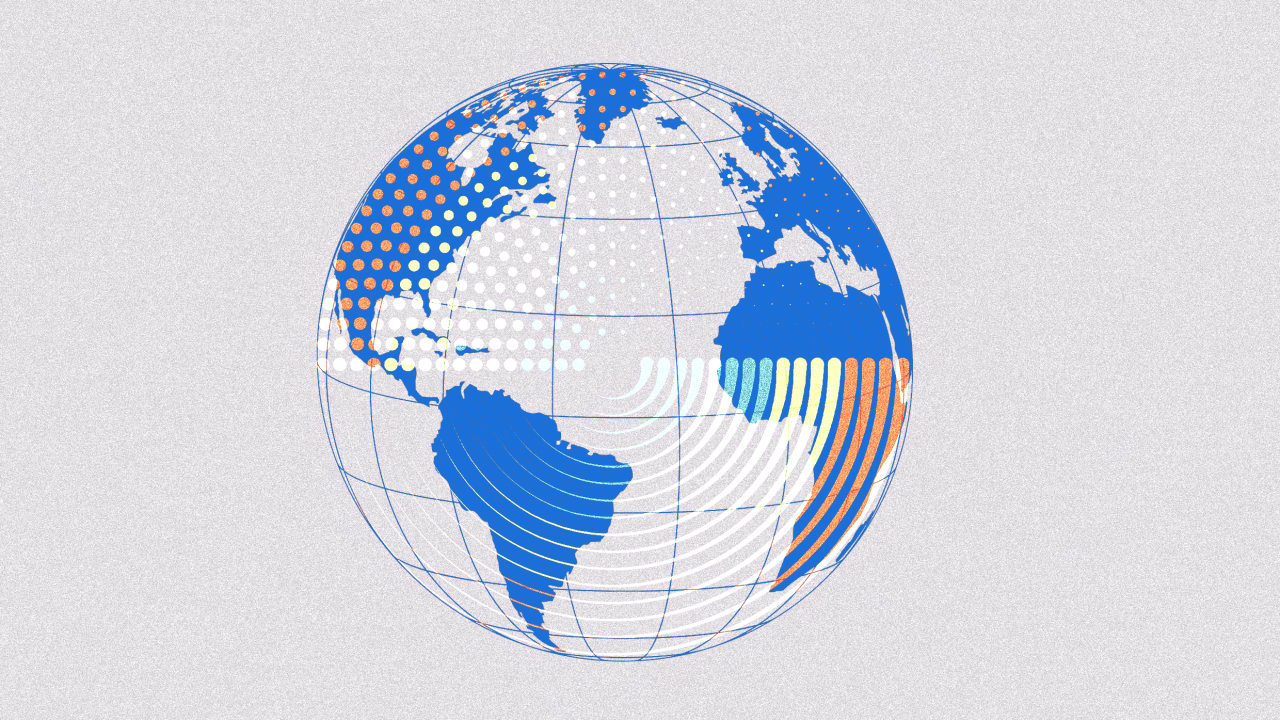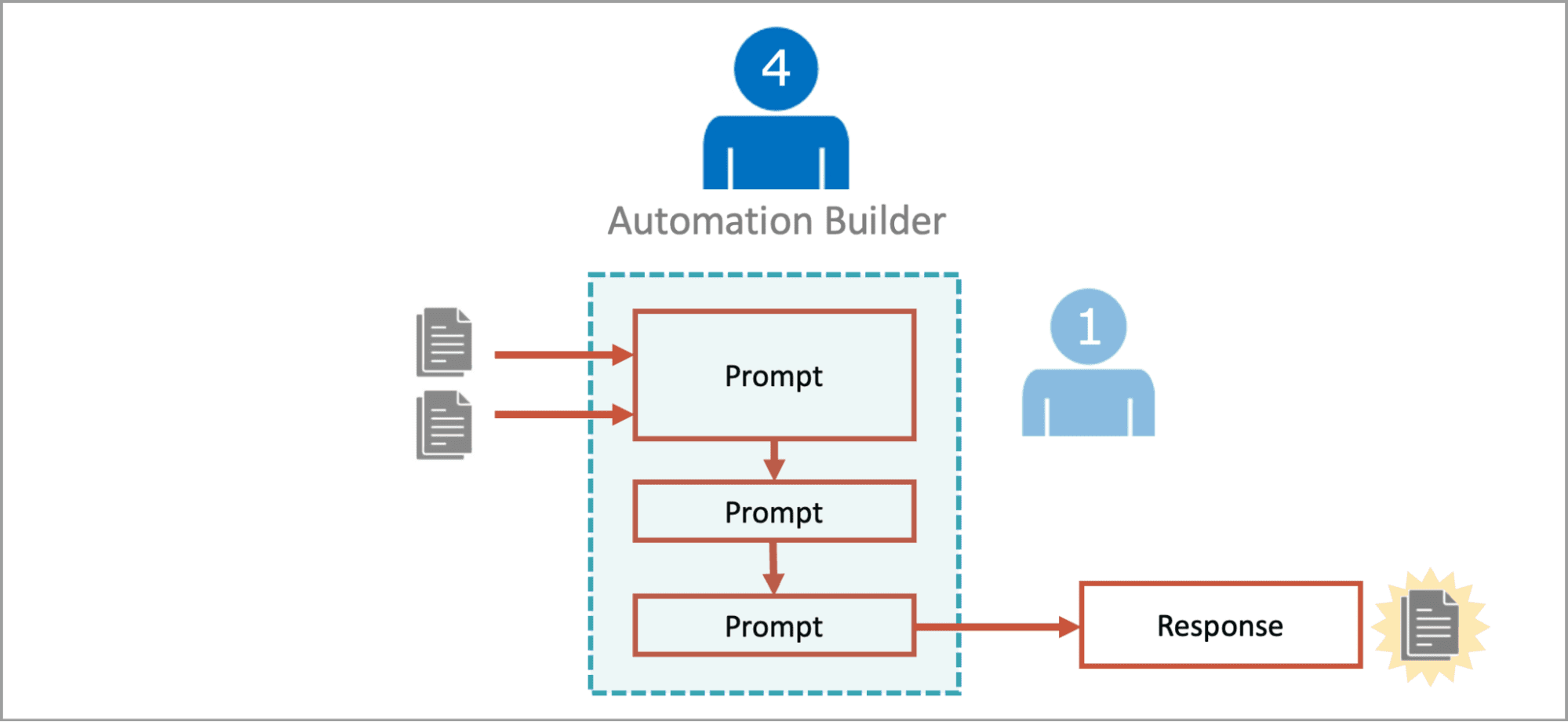How Facebook data can help track human migration patterns
Whether it’s political leaders like Donald Trump expressing concern about immigration, or individuals forced to leave their homes due to conflict, the movement of people across borders—and where they end up—is a highly debated global issue. It’s also an area plagued by a lack of high-quality data. But a new solution may be on the horizon, offering near-real-time data sourced from Facebook. Researchers from Meta, the parent company of the social media platform, used anonymized data from more than 3 billion Facebook users to track and estimate global migration patterns. Their study, published in Cornell University’s preprint server arXiv, monitors changes in users’ predicted home locations, covering 181 countries with monthly data from January 2019 to December 2022. It identifies genuine moves to another country—defined as living abroad for 12 months or more, according to United Nations standards—by analyzing location signals such as IP addresses, self-reported hometowns, and activity patterns. In 2022, the system estimated that 39.1 million people migrated to a new country, representing about 0.63% of the study’s population. The United States recorded the largest net inflow of migrants—nearly 3.3 million people—while Ukraine saw the greatest outflow, with 2.34 million leaving after Russia’s full-scale invasion in February 2022. The data revealed the rapid and vast scale of such movements: Migration from Ukraine increased tenfold after the war began, according to Facebook data. Traditional destination countries like the U.S., UAE, and Saudi Arabia led the inflow rankings, while India, Ukraine, and Pakistan topped the outflow list. But Ukraine wasn’t the only example of migration following major events. After Myanmar’s 2021 military coup, the model tracked a fivefold increase in migration to Singapore. Likewise, emigration from Hong Kong to the U.K. surged fifteenfold after the 2020 passage of a controversial national security law critics saw as ushering in a Chinese-style surveillance state. To account for potential biases in the dataset, researchers implemented a correction. “A single worldwide offset, which is calculated based on administrative migration data from New Zealand, is added to control the degree to which the bias of migrants on Facebook varies with GDP/capita,” Guanghua Chi, a research scientist at Meta, writes in an email to Fast Company. “This method allows us to account for the fact that in poorer countries, wealthier individuals are more likely to both use Facebook and also more likely to migrate.” The results closely aligned with established migration datasets, but were produced much more quickly. “We benchmarked our estimates against administrative datasets drawn from statistical offices of different countries and found a very high level of accuracy,” Chi writes. “For example, the correlation between our estimates and those produced by the New Zealand Statistical Office is 0.98.” Chi hopes this level of accuracy will make the data a tool for future policymaking. “We find that our estimates are aligned with administrative figures where they are available,” he writes. “In the [three in four] countries where these estimates are not available, we hope that these estimates can inform evidence-based policies and programs that benefit diverse communities and the governments that support them.”

Whether it’s political leaders like Donald Trump expressing concern about immigration, or individuals forced to leave their homes due to conflict, the movement of people across borders—and where they end up—is a highly debated global issue.
It’s also an area plagued by a lack of high-quality data. But a new solution may be on the horizon, offering near-real-time data sourced from Facebook.
Researchers from Meta, the parent company of the social media platform, used anonymized data from more than 3 billion Facebook users to track and estimate global migration patterns. Their study, published in Cornell University’s preprint server arXiv, monitors changes in users’ predicted home locations, covering 181 countries with monthly data from January 2019 to December 2022. It identifies genuine moves to another country—defined as living abroad for 12 months or more, according to United Nations standards—by analyzing location signals such as IP addresses, self-reported hometowns, and activity patterns.
In 2022, the system estimated that 39.1 million people migrated to a new country, representing about 0.63% of the study’s population. The United States recorded the largest net inflow of migrants—nearly 3.3 million people—while Ukraine saw the greatest outflow, with 2.34 million leaving after Russia’s full-scale invasion in February 2022.
The data revealed the rapid and vast scale of such movements: Migration from Ukraine increased tenfold after the war began, according to Facebook data. Traditional destination countries like the U.S., UAE, and Saudi Arabia led the inflow rankings, while India, Ukraine, and Pakistan topped the outflow list. But Ukraine wasn’t the only example of migration following major events. After Myanmar’s 2021 military coup, the model tracked a fivefold increase in migration to Singapore. Likewise, emigration from Hong Kong to the U.K. surged fifteenfold after the 2020 passage of a controversial national security law critics saw as ushering in a Chinese-style surveillance state.
To account for potential biases in the dataset, researchers implemented a correction. “A single worldwide offset, which is calculated based on administrative migration data from New Zealand, is added to control the degree to which the bias of migrants on Facebook varies with GDP/capita,” Guanghua Chi, a research scientist at Meta, writes in an email to Fast Company. “This method allows us to account for the fact that in poorer countries, wealthier individuals are more likely to both use Facebook and also more likely to migrate.”
The results closely aligned with established migration datasets, but were produced much more quickly. “We benchmarked our estimates against administrative datasets drawn from statistical offices of different countries and found a very high level of accuracy,” Chi writes. “For example, the correlation between our estimates and those produced by the New Zealand Statistical Office is 0.98.”
Chi hopes this level of accuracy will make the data a tool for future policymaking. “We find that our estimates are aligned with administrative figures where they are available,” he writes. “In the [three in four] countries where these estimates are not available, we hope that these estimates can inform evidence-based policies and programs that benefit diverse communities and the governments that support them.”



















































































































































